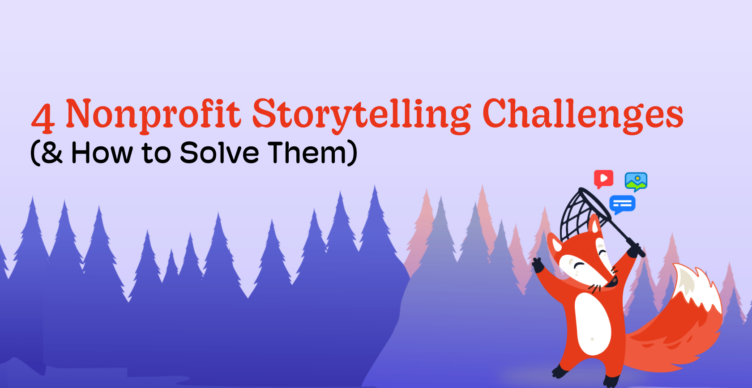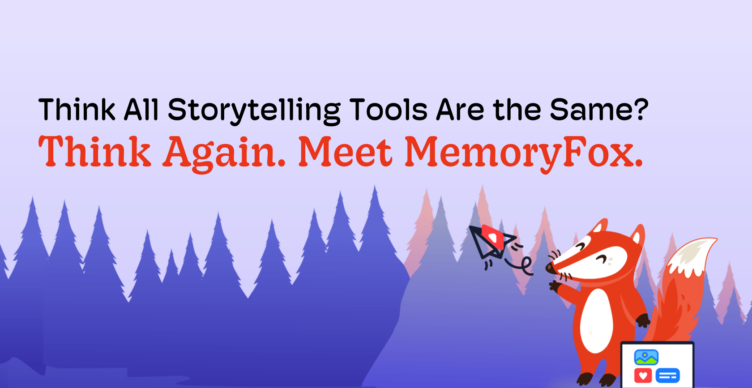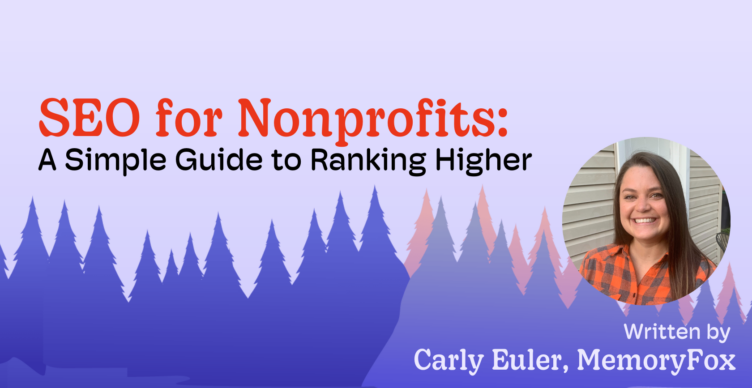Community Building
How to Use Integrations to Delight Your Grantees
In 2022, the Merriam-Webster Online Dictionary added “MacGyver” to its ranks. An ode to the 80s TV character who managed to maneuver out of tricky situations with a seemingly unhelpful array of random objects, the dictionary defines the word as “to make, form, or repair (something) with what is conveniently on hand.” These solutions usually worked once but were not meant to last.
For many grantmaking organizations, it sometimes feels like processes are MacGyvered with duct tape, paper clips, and a jumble of programs that don’t talk to each other. Using one program to access contact information, another program to design graphics, and a third program to send an update works for the moment, but it’s not a long-term solution for your team or for building great relationships with your grantees.
With today’s technology, it’s easier than ever to find ways to integrate your systems, which saves time for your staff and gets information to your grantees faster. The key is to identify the systems that truly work instead of what happens to be on-hand. Intentional software integrations should help your grantmaking organization add tools that delight your grantees—not duct tape over a solution that doesn’t meet your needs.
What is a Software Integration? 
You use different pieces of software every day—to send email, gather data for reports, and do research. Sometimes the different programs use the same information. Instead of having to copy that information from one program to another, an integration automatically pulls that data so you can use it. For example, the contacts in your CRM might automatically feed into your email marketing program so you can quickly and easily communicate with your grantees.
Many of these software integrations happen through an API, which is basically a handshake between two programs, or a simple addition of code to make it easy to pass information behind the scenes.
Here are three best practices to keep in mind when you are determining what integrations to prioritize.
Understand What Your Grantees Need
When you are looking at integration opportunities, it can be tempting to go with the easiest solution. Before you start looking, though, know what is important to your team and to your grantees so you can build integrations that meet those goals.
If you aren’t sure which features your stakeholders would appreciate most, survey them. A simple question or two about what they would like most can start a great dialog. You might also suggest a few integrations that you know would be easy to implement and help solve a problem for your users.
For example, MemoryFox works to make sure all nonprofit organizations can collect and share their impact stories in a meaningful way. Many nonprofits use the free, online tool Canva, to create fun and engaging social posts and email newsletter graphics. By creating an integration between MemoryFox’s simple collection tool and Canva, nonprofit organizations can add animation and campaign graphics to their impact stories for coordinated storytelling across platforms.
Be Intentional About Your Integrations
Once you know the integrations that your stakeholders are excited about, make sure they align to your overall business objectives. Focus on integrations that help you meet your strategic goals and review your list of integrations regularly to remove any that are no longer bringing value to you or your grantees.
While it can be tempting to add all the integrations that your users ask for, be intentional that what you include will actually make a difference. Make sure you are adding value to grantees and staff and not just adding another bell or whistle.
For example, Candid, a nonprofit organization that helps make sense of industry data, makes it easy for grantmaking organizations to research and verify nonprofit organizations. Candid also works with grantmaking software to simplify grant applications by integrating data, making it easier to complete applications and for grantmakers to understand who is applying.
Remember to review your software integrations regularly and remove old integrations that are no longer serving you or your users. This helps with data security and bandwidth of your application.
 Simplify—Don’t Overcomplicate
Simplify—Don’t Overcomplicate
Integrations should help make your core processes run more smoothly, but they aren’t a fix for a solution you’ve outgrown. Don’t MacGyver your grantmaking processes because your core system no longer meets your needs. If you find that the list of programs you use to get your work done keeps getting longer while your productivity decreases, it might be time to look at your core grantmaking system. And when you are ready to upgrade, you can bring the most valuable integrations with you!

About the Author
Carrie Watkins
Senior Content Marketing Manager, Blackbaud
Carrie Watkins is a Senior Content Marketing Manager at Blackbaud focusing on Grantmaking and Financial Management. She has been writing about complex topics in the banking, technology, education, and nonprofit industries for more than 20 years. Before joining Blackbaud, she led the marketing initiatives for an educational technology nonprofit working to lower the cost of college credit. She regularly volunteers with organizations that focus on food insecurity in her community and has a Bachelor of Journalism from the University of Missouri.




